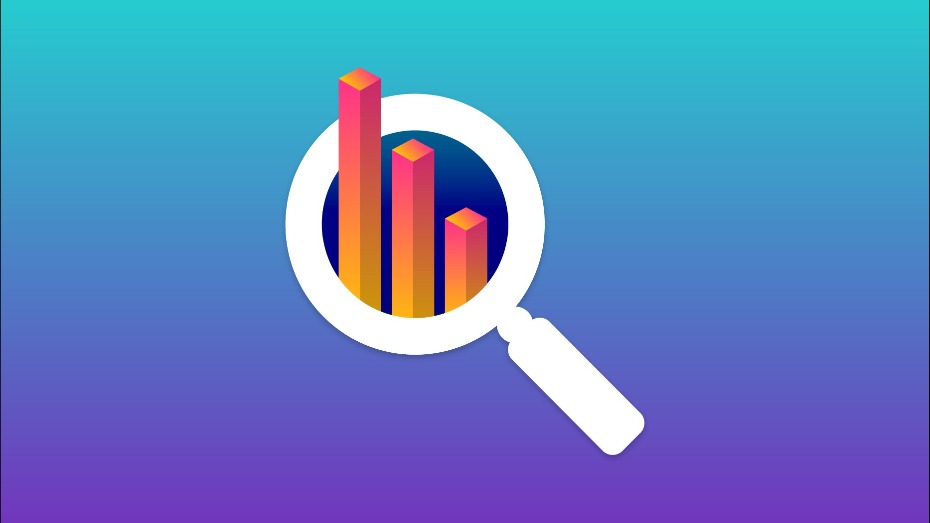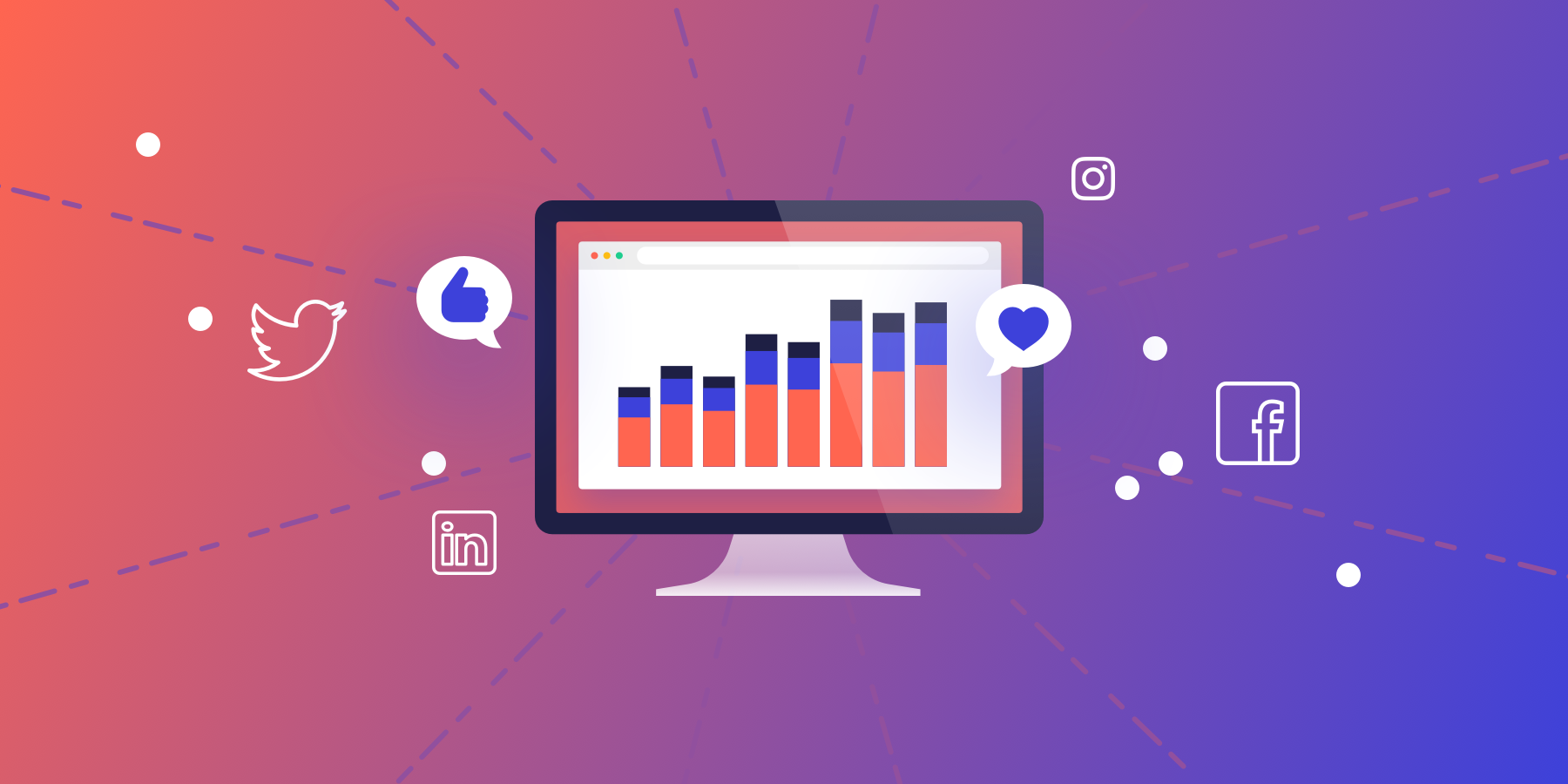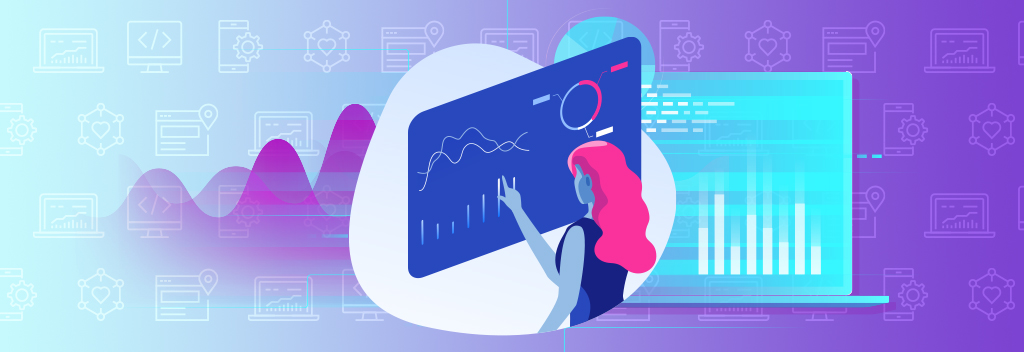
If your website is a kind of hobby for your audience and their interaction with you brand then marketing will most likely play an important role in your business.
The value of metrics
Once they hit your page what tools do you use to track them? How do you realize that your efforts are effective?
As Kanopi informs us, there are several key metrics that will help you optimize your marketing efforts to find out how the site works, improve it, and let others know where to focus in terms of marketing.
First of all, you need to understand what your goal is in a particular marketing activity. How is this plan going? What do you add to it? How you try to reach it; What techniques do you use? How do you measure this progress / regression?
Find out not only direct conversions but also "soft" conversions such as downloads and registrations
Then you look at the metrics and add the mentioned changes.
These metrics are frequently discussed though # 6 is especially important!
1. Time on site
This metric will help you calculate on average how much time your audience spends on your website. If the site is focused on arousing curiosity and providing information, then this in this regard you will have to be more demanding.
2. Bounce rate
Your bounce rate is the percentage of users who come to your website, view one page and pass through. According to Google analytics, these are users who enter the site for 0 seconds and then pass. This means that analytics do not have time to measure the rest of the steps because they only include one page.
Several reports tell us that the allowable bounce percentage is somewhere between 26% -70%. Naturally this figure does not help us much as statistics are extracted from several industries. You can explore separately what the "allowable" range is in your industry, as a high bounce rating depends on this and the goals of your website. For example, if we are in contact with a restaurant, the customer may only be interested in your mobile number so bounce is less problematic.
You should review this metric along with other metrics as using it alone will not create an accurate picture. Examining a good bounce rate is not a bad idea for your industry but additionally consider your current situation and reduce it (if needed)
3. Number of pages viewed
Again, if your site is more information oriented and tries to "engage" users then this metric is of interest to you. If the number is close to 1, when you focus on only one page (and its traffic) then it is better to delve into "single page analytics" before that number bothers you.
4. New & Return Users
There is an intersection between these two indicators in Google analytics. "New visitor" is a unique user who is on your site for the first time, on any device. If you log in to your site once on your mobile and then on your desktop again, then two new users will be registered.
For the next two years, the user who visits your site will be considered a "returning visitor". And then you start counting again.
This metric is especially useful during campaigns. If you approach it carefully you can find out which campaign is more popular, which of them is causing the increased traffic.
5. Traffic sources
Analytics programs let you know where your traffic is coming from, which more clearly describes less and more popular sources. It will also provide you with referral sites to help you understand your ROI if you are partnering with someone else to attract more traffic.
Understanding how each traffic source works will help you better understand which resources are the best way to invest resources.
6. Search
The most important piece of advice is to keep track of searches on your web site.
This is possible from the admin role ("view settings") in Google Analytics. The reason why this metric is so important is to be able to understand what the customer wants on your site.
Behavioral research by Nielsen Group has found that more than 50% of people start searching directly when they visit a site. Which means that the search engine becomes the most important element of the navigation.
With this data you can create, organize and modify a content plan. Additionally you can change the navigation or change the layout of the content. This is especially important for businesses because you can respond directly to the needs of your customers.
Summary
There are many other metrics that can help you measure your effectiveness with marketing tools and analytics of traffic sources, however these are 6 very good starts.